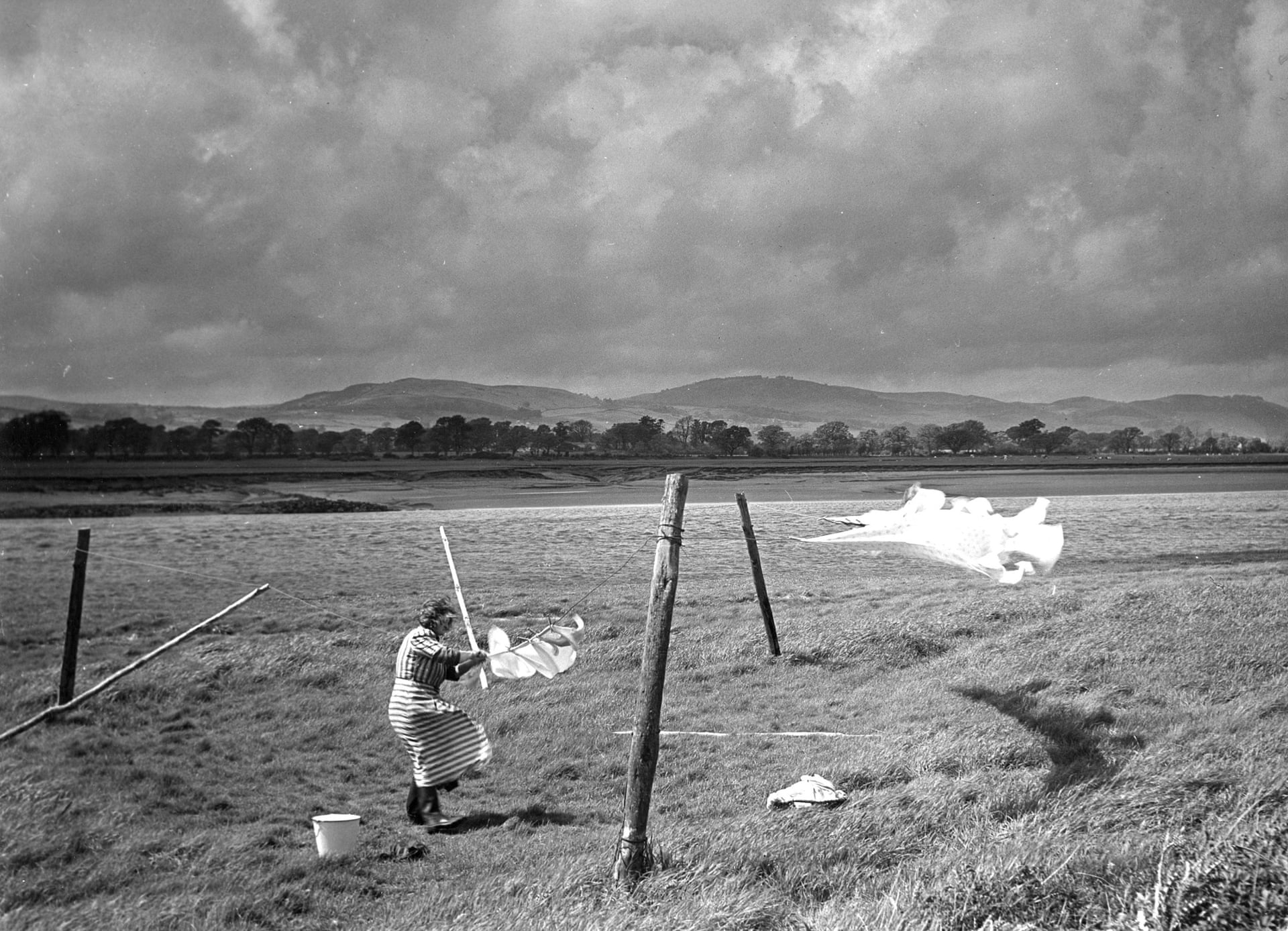Dirty Laundry
| July 06 2018 |

What is the first thing that probably comes to mind when you think of sustainable fashion? Bags handmade by traditional artisans from around the globe? Organic cotton t-shirts made in a fairtrade factory? Recycled polyester dresses? Well, for us it's laundry.

According to various environmental studies, 75% of energy consumption in apparel happens after a piece of clothing is bought (think of all the washing and ironing we do at home!). In fact, in 2003, the average American household did 392 loads of washing (Source). We don't have to convert that into anything to know that that's a lot of laundry. But what if we simply started to wash less? Our recent obsession with consistently cleaning our clothes developed with technological developments and how ridiculously easy it is to launder our clothing, so it is no wonder that we feel like washing a t-shirt after every wear, when really, we should only be washing our underwear and socks this frequently. Just for reference, here's a guide to how often you should wash your clothing in order to preserve the longevity of your clothes and minimize your damage on the natural environment.
While many of us strive to live more sustainably, our water and energy intensive lifestyles are making it incredibly difficult. Not only should we become more pragmatic about how often we need to clean our clothes, we can make easy fixes to our laundry routines to make the task altogether more sustainable. With all that being said, we wanted to share some tips on how you can do your laundry to help better preserve your clothing and reduce your impact on the environment at the same time.
| CATEGORY | NO. WEARS BEFORE WASHING |
| Bras | 1 |
| Underwear | 1 |
| Sports/Swimwear | 1 |
| Jeans | >5-6 |
| Tops | 1-2 |
| Dresses | 1-2 |
| Leggings | 1-2 |
| Pants/Skirts/Shorts | >3-4 |
| Light Jackets/Blazers | >5-6 |
| Coats | >1-2 months of wear |
| Pajamas | 3-4 |
While many of us strive to live more sustainably, our water and energy intensive lifestyles are making it incredibly difficult. Not only should we become more pragmatic about how often we need to clean our clothes, we can make easy fixes to our laundry routines to make the task altogether more sustainable. With all that being said, we wanted to share some tips on how you can do your laundry to help better preserve your clothing and reduce your impact on the environment at the same time.

Air dry, don't tumble dry: your clothing will last longer and smell better. Turn them inside out if you are drying coloured pieces outside. Also, the UV light from the sun can be a pretty good sterilizing agent.
The industrial driers at local laundromats are more efficient than domestic versions.
Try to avoid ironing: hang your clothing up soon after the wash cycle for wrinkle-prone clothing.
Front load washing machines use at least 40% less water and up to 65$ less electricity compared to a top loader.
Only use the "Cold" setting when using the washing machine: It takes a ridiculous amount of energy to heat water!
Buy phosphate free detergents: this will help reduce the ignition of algal blooms in our waterways and wetland
Always fill up your washing machine with a full load to maximize the energy and water used.
A lot of "Dry Clean Only" clothing can be hand washed (if you're careful). Try to avoid the nasty mix of chemicals at the Dry Cleaners.
Wear your clothing more than once before sending them to the wash. Some fabrics, such as linen, hemp, merino and alpaca wool, are especially good at hiding body odor and preventing creases.
The industrial driers at local laundromats are more efficient than domestic versions.
Try to avoid ironing: hang your clothing up soon after the wash cycle for wrinkle-prone clothing.
Front load washing machines use at least 40% less water and up to 65$ less electricity compared to a top loader.
Only use the "Cold" setting when using the washing machine: It takes a ridiculous amount of energy to heat water!
Buy phosphate free detergents: this will help reduce the ignition of algal blooms in our waterways and wetland
Always fill up your washing machine with a full load to maximize the energy and water used.
A lot of "Dry Clean Only" clothing can be hand washed (if you're careful). Try to avoid the nasty mix of chemicals at the Dry Cleaners.
Wear your clothing more than once before sending them to the wash. Some fabrics, such as linen, hemp, merino and alpaca wool, are especially good at hiding body odor and preventing creases.
